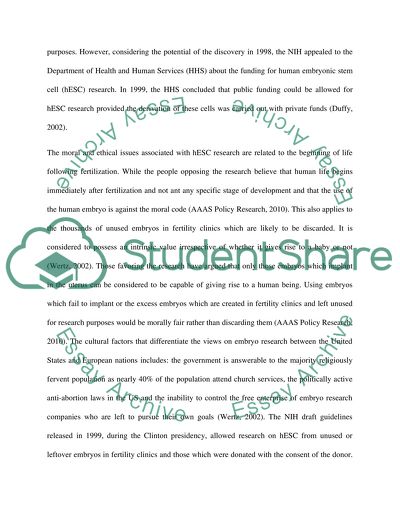Cite this document
(“Research Paper on Stem Cell Research Legislation and the Related Legal”, n.d.)
Retrieved from https://studentshare.org/law/1424989-research-paper-on-stem-cell-research-legislation
Retrieved from https://studentshare.org/law/1424989-research-paper-on-stem-cell-research-legislation
(Research Paper on Stem Cell Research Legislation and the Related Legal)
https://studentshare.org/law/1424989-research-paper-on-stem-cell-research-legislation.
https://studentshare.org/law/1424989-research-paper-on-stem-cell-research-legislation.
“Research Paper on Stem Cell Research Legislation and the Related Legal”, n.d. https://studentshare.org/law/1424989-research-paper-on-stem-cell-research-legislation.


